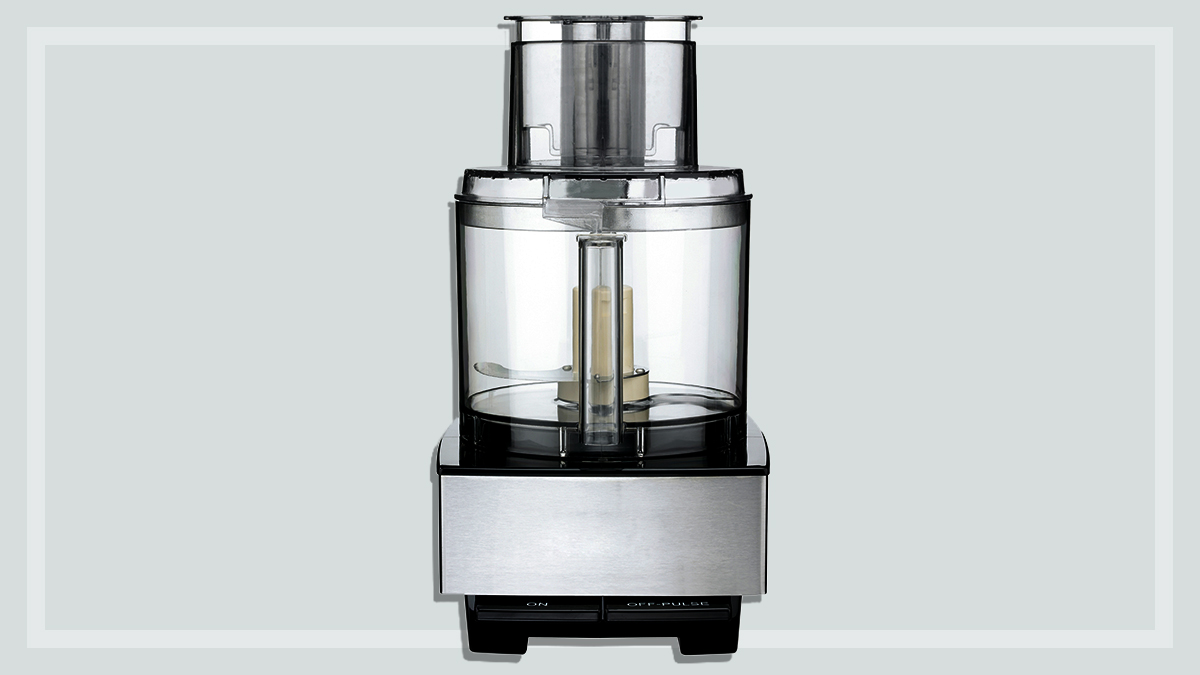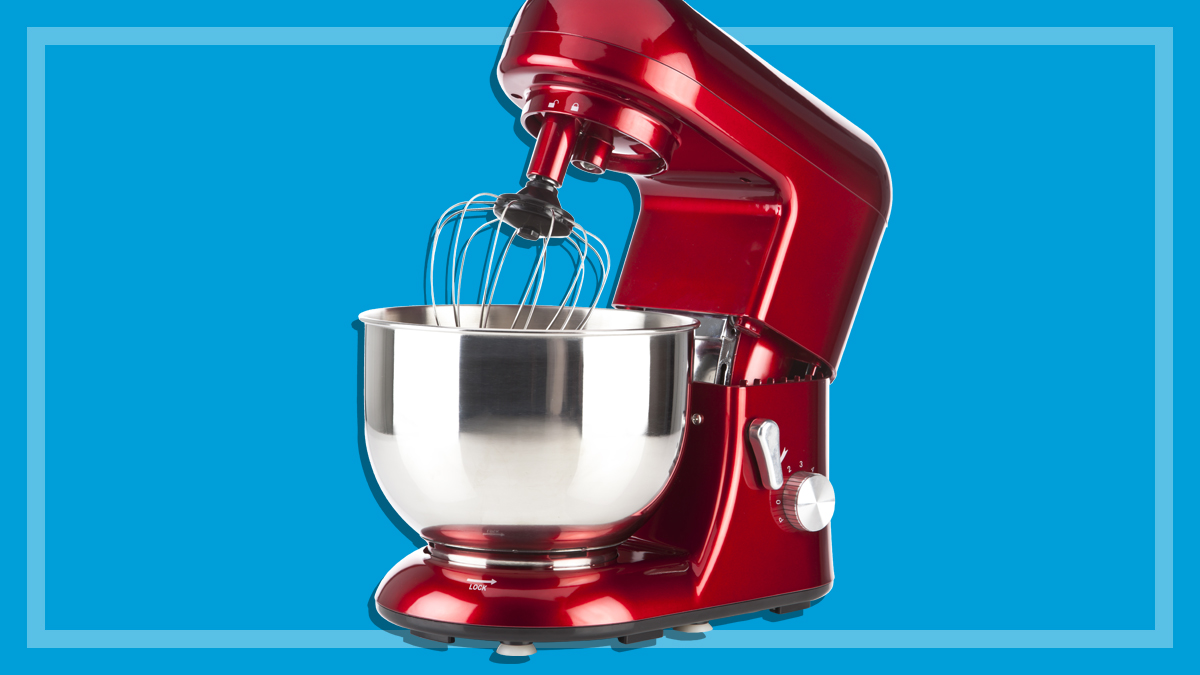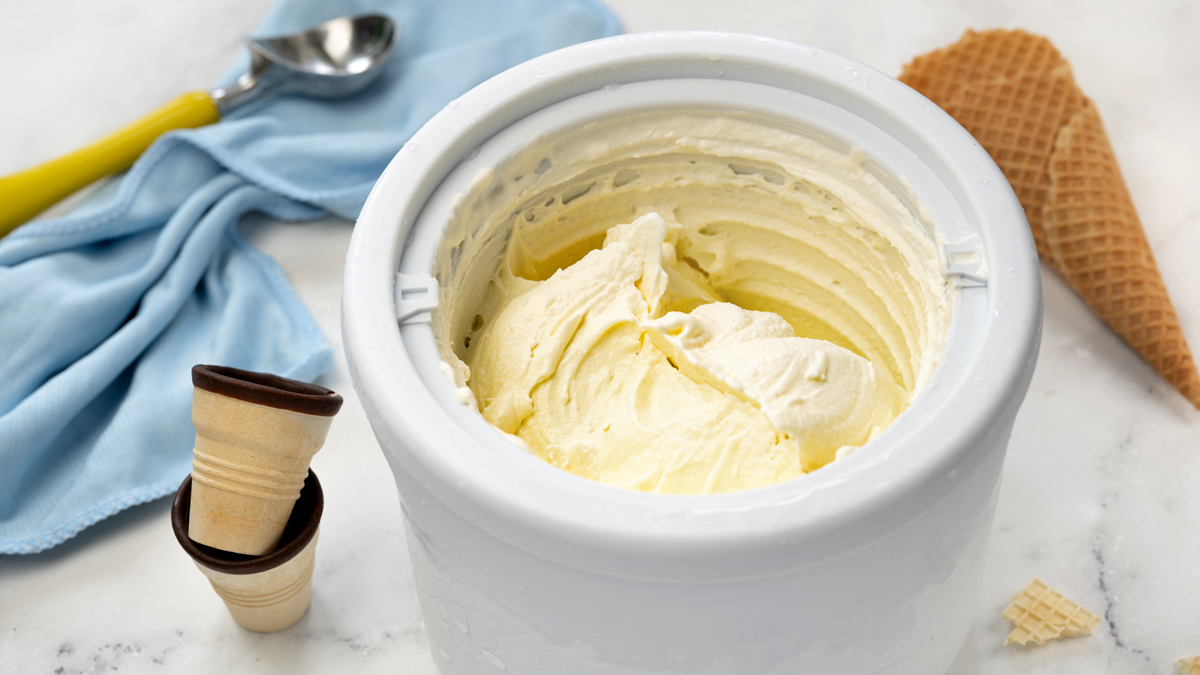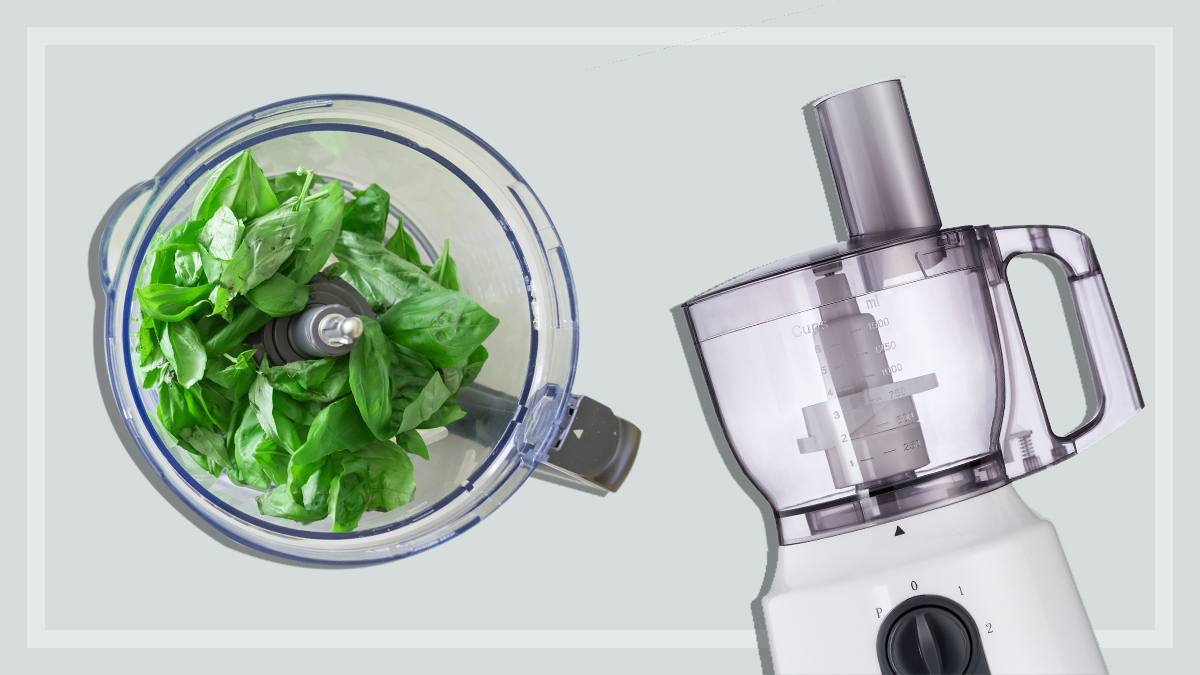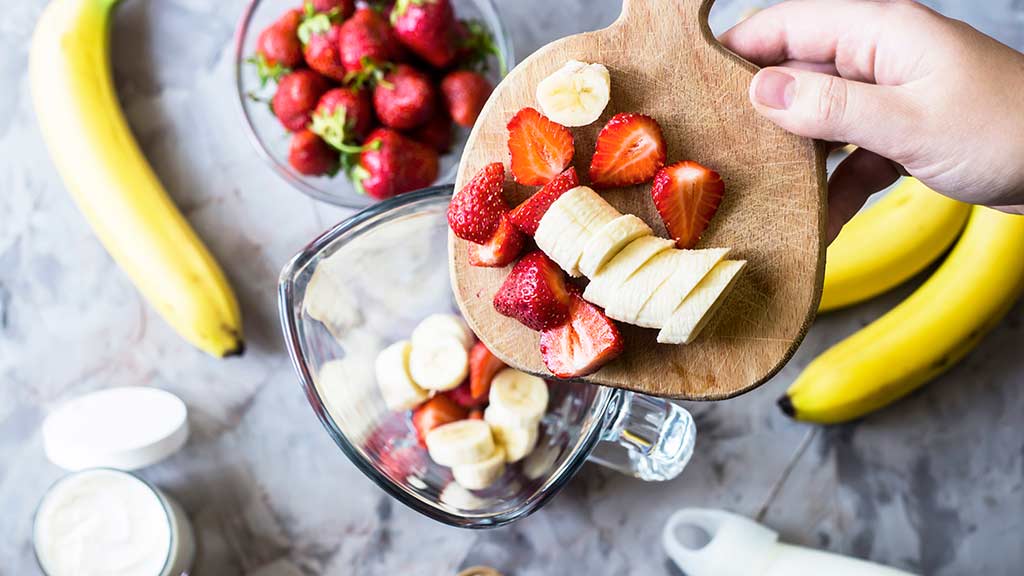Get our independent lab tests, expert reviews and honest advice.
What else can I make in my food processor?

Need to whip up a salad dressing? Pump out a pesto? Make mayonnaise? Grate cheese? Your trusty food processor can take the effort – and the arm-ache – out of the lot.
“Food processors reduce the need for pre-packaged foods such as coleslaw, and frozen vegies such as carrots, chopped onions and chips,” says Fiona Mair, home economist and test coordinator at CHOICE.
But what else can a food processor make? Here are six things you might not know you can make in your food processor.
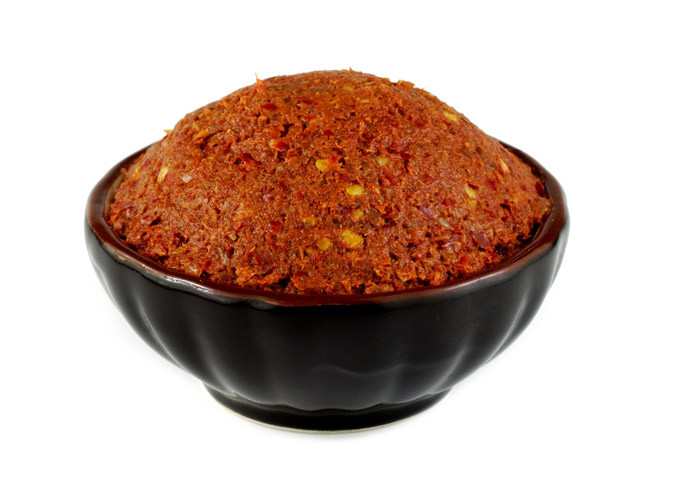
1. Curry paste
Tradition dictates you need to slave over a mortar and pestle to make your own fresh curry paste, but not if you’ve got your trusty food processor to hand.
To make a red curry paste, it’s as easy as throwing pre-soaked dried chillies, shallots, garlic, ginger or galangal root, coriander, cumin, pepper, and salt into the processor’s bowl for a few seconds to grind together into a delicious paste.
Use it to marinate your meats, tofu or vegetables, add flavour to soups, or add it to coconut milk to make a warming curry. Keep it in the fridge for a month or store it in the freezer for a year until your next curry craving hits.
Fiona recommends using a smaller bowl or mini processor for whipping up a curry paste as it’ll give you a more even consistency.
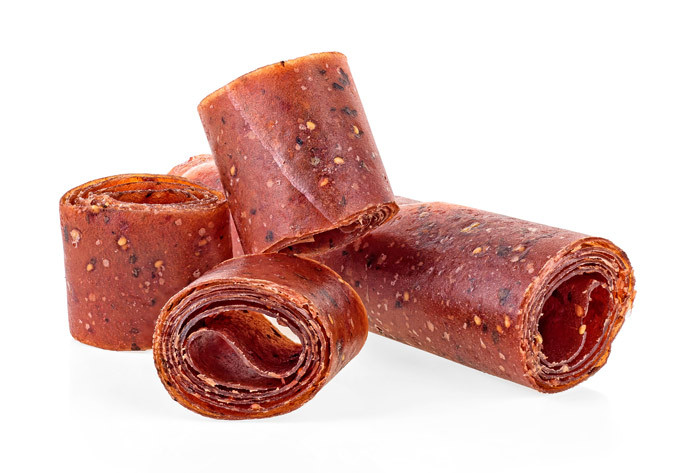
2. Fruit roll-ups
Before you drop unnecessary money on store-bought fruit roll-ups, try making your own with the help of your food processor.
Blend roughly 340g of your favourite fruit in your food processor, then pour the mixture onto a silicone-lined baking tray and spread until smooth and thin.
Place in a relatively cool oven (around 80℃) to dehydrate for five to seven hours, then turn the oven off completely and leave to cool completely.
Peel the mixture off the silicone, cut into squares or rectangles and roll them up using a similar-sized piece of baking paper.
There you have it – delicious homemade fruit roll-ups.
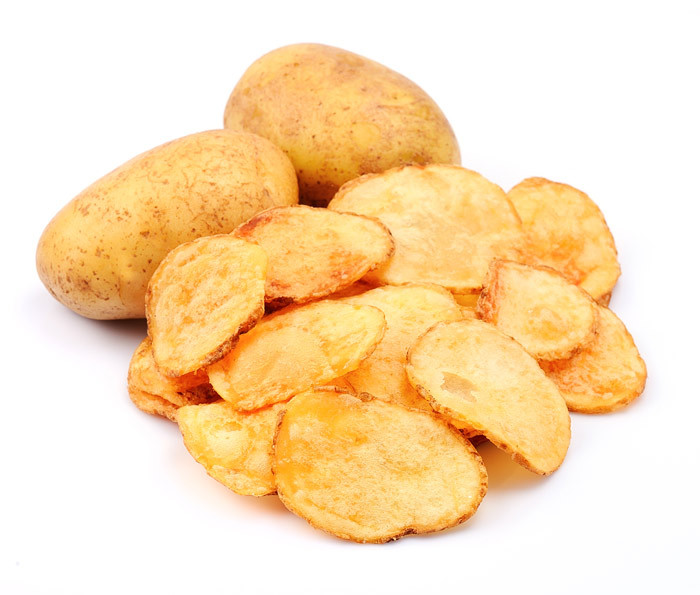
3. Potato chips
Forget Smith’s cheese and onion chips, once you’ve made your own potato chips with the help of your food processor you may never go back to store-bought again.
Choose firm potatoes, peel them and then use the processor’s slicing attachment to evenly slice them to roughly 3mm thick. Soak your uncooked chips in cold water for around 30 minutes before transferring them to a paper towel to dry completely.
Then add 8cm of vegetable or canola oil to a large saucepan and heat to around 180℃. Cook the potato slices, roughly ten at a time, making sure not to crowd them. Stir the slices in the oil with a spoon to prevent clumping, and gently flip to brown evenly.
Once golden brown, remove them with a slotted spoon and drain on a paper towel.
It’s important to immediately season with salt, pepper, whatever as soon as they’re removed from the oil so it sticks to the chip.
Repeat, repeat, repeat – then eat, eat, eat!

4. Sorbet
Sorbet is a quick and easy sweet treat made even quicker and easier with a food processor.
For a watermelon version, all you need is two cups of frozen watermelon chunks and the juice of half a lime. (If the watermelon is only partially frozen, you’ll get a slushier texture.)
Then, simply process until you get a sorbet-like texture. if you’re after a sweeter sorbet, add some room-temp honey to the mixture.
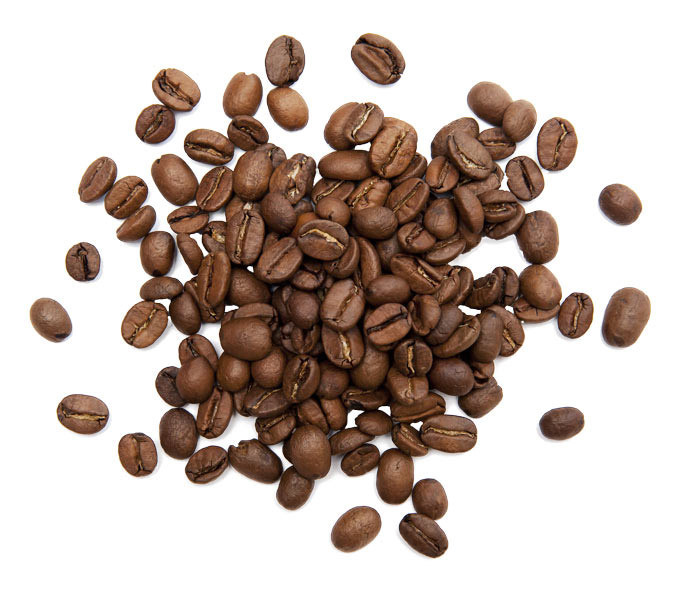
5. Ground coffee
If you get up one morning in desperate need of a brew and your coffee grinder is on the blink, don’t panic! Turns out, you can grind your coffee beans in your food processor.
But unlike an electric or manual burr grinder, which gives you control over the size and consistency of your ground beans, pulverising your beans in a food processor will result in coarser and less consistent grounds. Happily, you can get around this by pulverising just a few beans at a time or by using a mini processor, which will ensure you achieve better consistency.

6. Dog treats
Why should your pooch miss out on all the fun? Here’s Fiona’s recipe for delicious doggy treats.
Ingredients
- 2 carrots
- 3 cups rolled oats
- ½–1 cup plain flour, as needed
- ½ cup peanut butter
- 1 tin sardines in oil
Method
- Pre-heat oven to 180℃.
- Grate the carrots in the food processor using the shredding blade.
- Replace the shredding blade with the processing blade, then add the remaining ingredients.
- Process on high until mixture comes together. Mixture should be a biscuit dough consistency.
- On a floured surface, roll the dough out 1½ cm thick.
- Cut into shapes and place onto lined baking tray.
- Bake for 20 minutes or until golden. Allow to cool and store in an airtight container.
But wait, there’s more
It seems there’s no end to what food processors can chop, slice, dice and blend.
“It will make baby foods, mayonnaise, pesto, hummus, shortcrust pastry for sweet and savoury pies, pizza dough, and grated cheese,” says Fiona. “You can even make your own mincemeat, chopped nuts, biscuit doughs and cakes, vegetable fritters, and falafel.”
Is there anything food processors can’t do?
While food processors are certainly the versatile king of the kitchen, they do have their limitations.
“Food processors don’t blend liquids such as soups and green smoothies as well as a blender,” says Fiona. “But you can get better results if you use a maximum capacity disc when blending liquids to reduce spills and contain the liquid below the blade.
“Also, whipping cream is best left for hand mixers or stick blenders as they create less mess.”
Fiona also warns against buying a food processor just because it comes with a multitude of attachments.
“Manufacturers are making them multi-functional by adding lots of accessories, such as blender attachments, citrus juicers, mini grinders,” she says. “But these accessories may not be great performers so they may not be worth the extra cost.”

